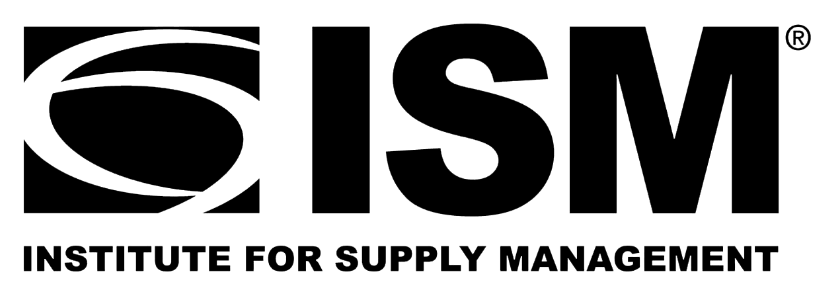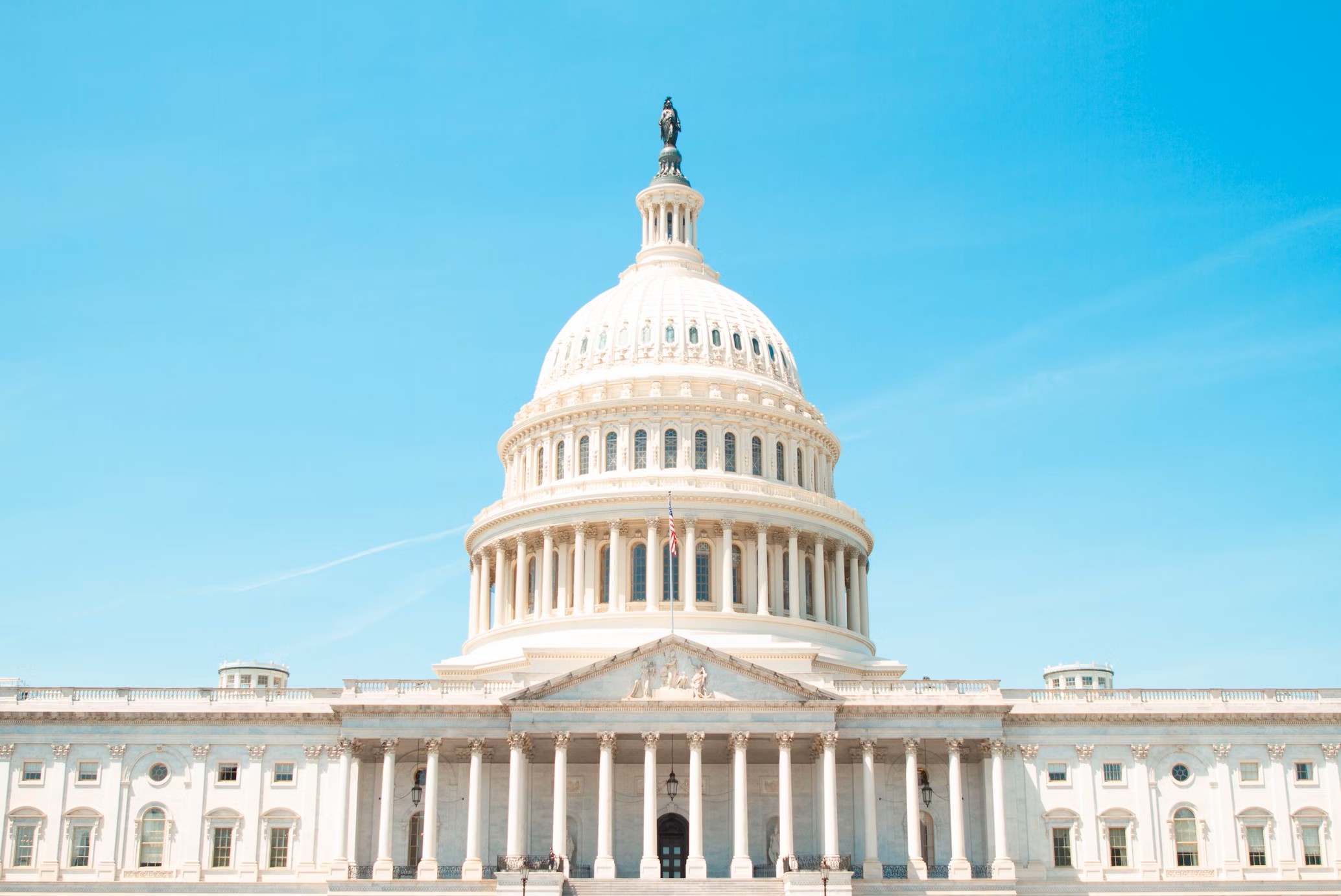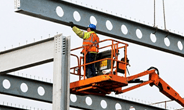Economy

ISM: Manufacturing expansion loses steam after two months of growth
Written by Ethan Bernard
April 1, 2025
US manufacturing activity slowed in March after two straight months of expansion, according to supply executives contributing to the Institute for Supply Management (ISM)’s latest report.
The ISM Manufacturing PMI (Purchasing Managers Index) stood at 49% in March, off 1.3 percentage points from 50.3% a month earlier.
A reading higher than 50% indicates the manufacturing economy is growing, while a reading below that shows contraction.
However, the overall economy continued to expand for the 59th month after a month of contraction in April 2020, ISM said. (A Manufacturing PMI higher than 42.3%, over a period of time, usually indicates an expansion of the overall economy.)
“In March, US manufacturing activity slipped into contraction after expanding only marginally in February,” ISM Chair Timothy R. Fiore said in a statement on Tuesday.
He noted that expansion in January and February came after 26 straight months of contraction.
Last month, though, Fiore said: “Demand and output weakened while input strengthened further, a negative for economic growth.”
The New Orders Index declined further into “contraction territory,” registering 45.2% in March vs. 48.6% a month earlier, according to ISM.
“Orders continue to slow, as discussions about who will pay for potential tariff costs are the prime topic of negotiations between buyers and sellers,” Fiore said.
Also, he commented that New Export Orders contracted (49.6% vs. 51.4%) as “panelists’ comments cited Canadians’ lack of desire to purchase US goods due to the friction between the countries.”
In March, overall, fabricated metal products and primary metals were among the six manufacturing industries that reported growth.
Executive comments
A fabricated metals executive said that new order levels have increased and are better than expected.
“We suspect that our customers are trying to build inventory at current prices to get ahead of expected tariff and related cost increases. We expect this surge in demand to be short-lived,” the executive added.
A primary metals executive commented that “bearish market sentiment and tariff applications and costs have dominated discussions over the past month.”
The executive noted that this “should continue to dominate markets until a clear path forward is determined.”
“Overall concern is whether or not demand destruction will occur with higher pricing,” the executive concluded.

Ethan Bernard
Read more from Ethan BernardLatest in Economy

Steel groups welcome passage of budget bill
Steel trade groups praised the passage of the Big Beautiful Bill (BBB) in Congress on Thursday.

Industry groups praise Senate for passing tax and budget bill
The Steel Manufacturers Association and the American Iron and Steel Institute applauded the tax provisions included in the Senate's tax and budget reconciliation bill.

Chicago PMI dips 0.1 points in June
The Chicago Purchasing Managers Index (PMI) slipped 0.1 points to 40.4 points, in June.

Multi-family pullback drives housing starts to 5-year low in May
US housing starts tumbled in May to a five-year low, according to figures recently released by the US Census Bureau.

Architecture firms still struggling, ABI data shows
Architecture firms reported a modest improvement in billings through May, yet business conditions remained soft, according to the latest Architecture Billings Index (ABI) release from the American Institute of Architects (AIA) and Deltek.
